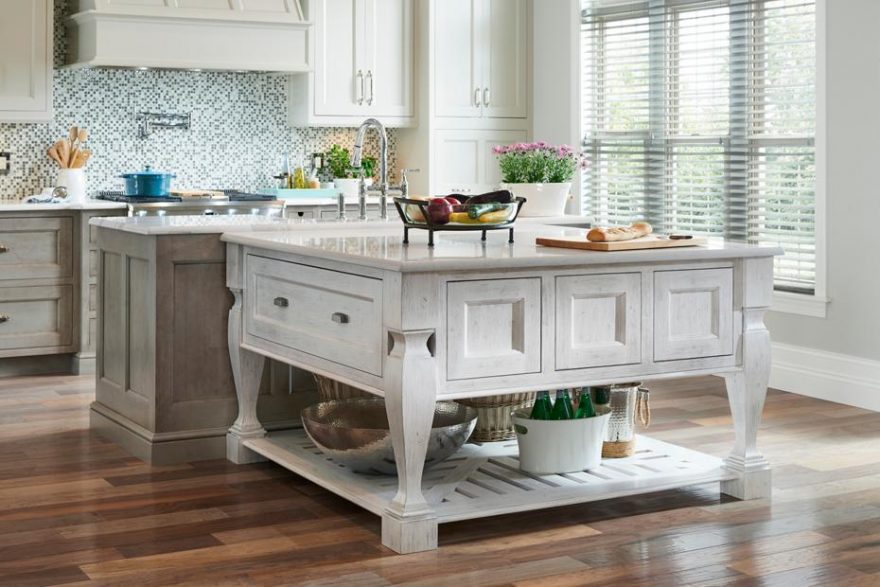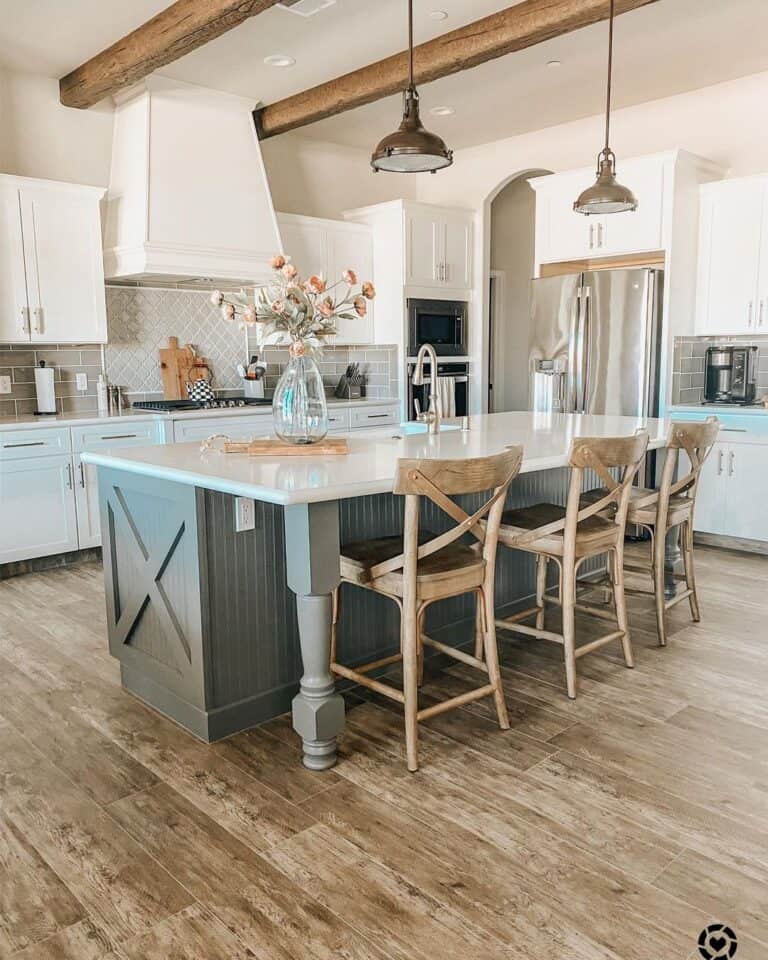Discover Timeless Options in Standard Legs For Kitchen Island Designs
Discover Timeless Options in Standard Legs For Kitchen Island Designs
Blog Article
Necessary Elements to Take Into Consideration When Selecting Legs For Kitchen Island
Picking the suitable legs for a kitchen island includes a cautious evaluation of multiple elements that can substantially affect both functionality and aesthetic charm. Among these, the option of product plays a crucial function in ensuring sturdiness, while the style should complement the existing decor. Furthermore, factors to consider such as elevation and weight support are vital for security and comfort. As we check out these components, it ends up being clear that each choice can have significant effects for the general cooking area experience. What subtleties should be considered in each of these groups to achieve the suitable balance?
Product Options
When picking legs for a kitchen island, comprehending the different product options is vital for accomplishing both visual allure and structural integrity (Legs For Kitchen Island). The option of product dramatically affects not only the sturdiness of the island yet additionally its overall design and functionality
Wood is a prominent selection, supplying heat and versatility. Solid hardwoods, such as oak or maple, provide strength and can be stained or painted to match the kitchen design. Metal legs, commonly made from stainless-steel or functioned iron, add a contemporary and commercial feel while ensuring resilience and stability. These products are resistant to wear and can support considerable weight, making them perfect for larger islands.
One more option is crafted products, like MDF or plywood, which can be a lot more affordable while still offering a range of coatings. Nevertheless, they may not provide the very same level of stability as strong wood or metal. Products such as acrylic or glass can create a modern look, though they might require added support to ensure security.
Ultimately, the choice of material for kitchen area island legs ought to straighten with the desired capability and the general motif of the kitchen area.
Design and Style

When considering design, the form and coating of the legs are essential. Conical legs can give a feeling of agility and sophistication, while thicker, a lot more robust legs can convey strength and security. In addition, the surface-- be it painted, tarnished, or natural-- must enhance the cabinetry and counter top products to develop a unified appearance.
Moreover, the layout of the legs can also show personal preference. Personalized or ornamental legs, such as those featuring intricate makings or special geometric shapes, can function as focal factors, adding character and individuality to the kitchen area. Ultimately, the right selection will not just improve functionality yet likewise elevate the visual charm, making the kitchen island a standout attribute of the home.
Height Factors To Consider
Selecting the appropriate elevation for kitchen island legs is crucial, as it straight impacts both capability and comfort. The typical height for a kitchen island normally ranges from 36 to 42 inches, straightening with common kitchen counter heights. A 36-inch elevation is perfect for food prep work and cooking, permitting comfortable usage of kitchen home appliances and devices. Conversely, an elevation of 42 inches is often liked for islands intended for bar seats, accommodating taller feceses and supplying a laid-back eating experience.

It is also vital to make up users' elevations and preferences. Personalizing the height can guarantee a comfy experience for all member of the family, making the kitchen area island a more delightful and functional room.
Weight Support
Making certain sufficient weight assistance for kitchen area island legs is crucial for both safety and performance. The kitchen island commonly serves several objectives, including cooking, eating, and extra storage space, necessitating a robust assistance framework. When choosing legs, it is critical to consider the general weight ability required based on the island's planned usage and the materials that will be positioned on it.
The choice of material for the legs plays a substantial duty in their weight-bearing capabilities. Solid timber, steel, and heavy-duty composites normally give superior stamina contrasted to lighter products. In addition, the design of the legs-- whether they are straight, tapered, or have a pedestal type-- can affect their capacity to disperse weight effectively across the structure.
Always seek advice from the producer's specs concerning load limits to make certain that the legs can maintain the designated weight without jeopardizing security. In summary, picking kitchen area island legs with appropriate weight support is essential for developing a secure and practical cooking area.
Installation and Upkeep
Appropriate installment and maintenance of cooking area island legs are vital for guaranteeing long life and stability. This usually Legs For Kitchen Island involves safeguarding the legs to the island base using ideal fasteners, making sure that the legs are degree and lined up.
As soon as installed, routine upkeep is required to protect the integrity and appearance of the legs - Legs For Kitchen Island. For wood legs, regular cleansing with a moist towel and application of suitable wood gloss can prevent wetness damages and keep their finish. Metal legs may call for a mild cleaning service to eliminate oil and grime, followed by a dry fabric to avoid rust Learn More Here formation
Furthermore, check the legs consistently for signs of wear or damage, such as cracks or loosened joints. Tightening up screws or screws as required can additionally lengthen the life-span of the legs. By sticking to these installment and upkeep methods, house owners can make sure that their kitchen area island stays durable and visually appealing for years to come.
Conclusion

Aesthetic coherence is vital in picking the design and layout of legs for a cooking area island, as these components greatly influence the overall ambiance of the space. Tapered legs can offer a useful site sense of lightness and beauty, while thicker, much more robust legs can communicate stamina and stability.Choosing the suitable height for kitchen island legs is essential, as it directly affects both performance and comfort. In summary, picking cooking area island legs with ample weight assistance is crucial for developing a secure and practical culinary room.
In verdict, picking legs for a kitchen area island requires careful consideration of numerous aspects, including material alternatives, design, height, weight support, and installment.
Report this page